Archaeology & History
This New Archaeological Park in Rome Is Stacked With Ancient Riches
Located near the Colosseum, the park a host of freshly excavated ancient structures and artifacts.
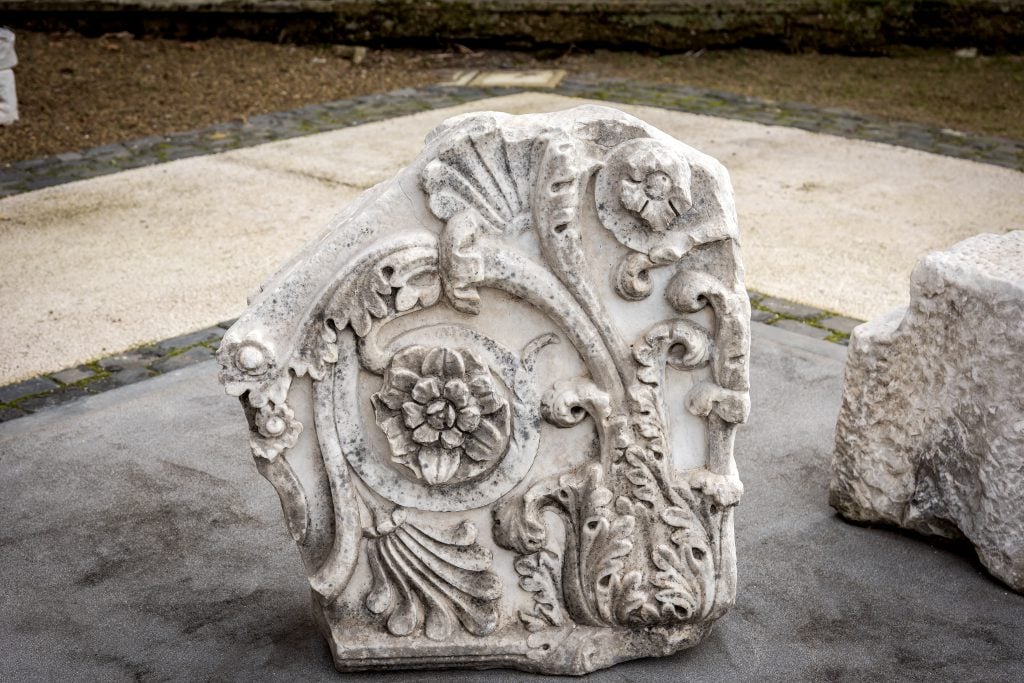
The Eternal City has gained a new archaeology museum: the Archaeological Park of the Celio, inaugurated just last month. The park, a stone’s throw away from the Colosseum, contains a host of freshly excavated ancient structures and artifacts, some of which haven’t been seen by the public in centuries.
These include the remains of the Divo Claudio or Temple of Claudius, built during the first century C.E. to host the deified emperor’s cult of worshippers. Claudius’s reign, which lasted from 41 to 54 C.E., was bookended by the tyrannies of Caligula and Nero.
Also located in the Archeological Park is the tomb of the emperor Servius Sulpicius Galba, who succeeded Nero and ruled the Roman Empire for just one year until his assassination in 69 CE.
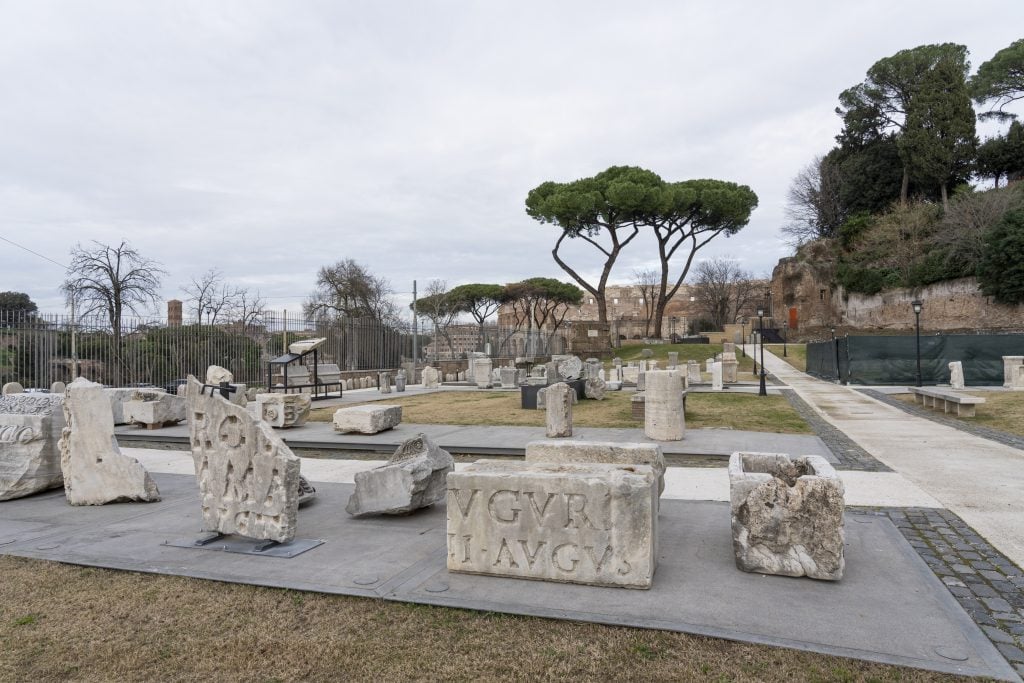
The Archaeological Park of Celio. Photo: Stefano Costantino/SOPA Images/LightRocket via Getty Images.
The crown jewel of the park is the Museum of the Forma Urbis, which houses remnants of a marble map of the city created between 203 and 211 C.E., during the reign of Emperor Septimius Severus. Originally housed inside the Roman Forum’s Temple of Peace, the 59-by-43-foot map has been placed underneath a glass floor, superimposed by a 1748 map by Italian architect Giovanni Battista Nolli.
The opening of the Archeological Park of the Celio and the Museum of the Forma Urbis are part of a larger project to restore and connect various ancient sites. Organized by the Monumental Archaeological Center and supervised by the Municipality of Rome, the project’s goal is to create a walkway linking the Roman Forum and Colosseum to the Baths of Caracalla, Archeological Park, and Circus Maximus.

The remaining fragments of the Forma Urbis Romae installed in the Museum of the Forma Urbis at the Archaeological Park of Celio. Photo: Stefano Montesi – Corbis/Corbis via Getty Images.
Work within the Archeological Park of the Celio is still ongoing. Upcoming plans include the restoration and reopening of the Casina del Salvi, a coffee house commissioned by Pope Greogry XVI and designed by architect Gaspare Salvi in 1835.
See more images of the museum below.

The Archaeological Park of Celio. Photo: Stefano Costantino/SOPA Images/LightRocket via Getty Images.
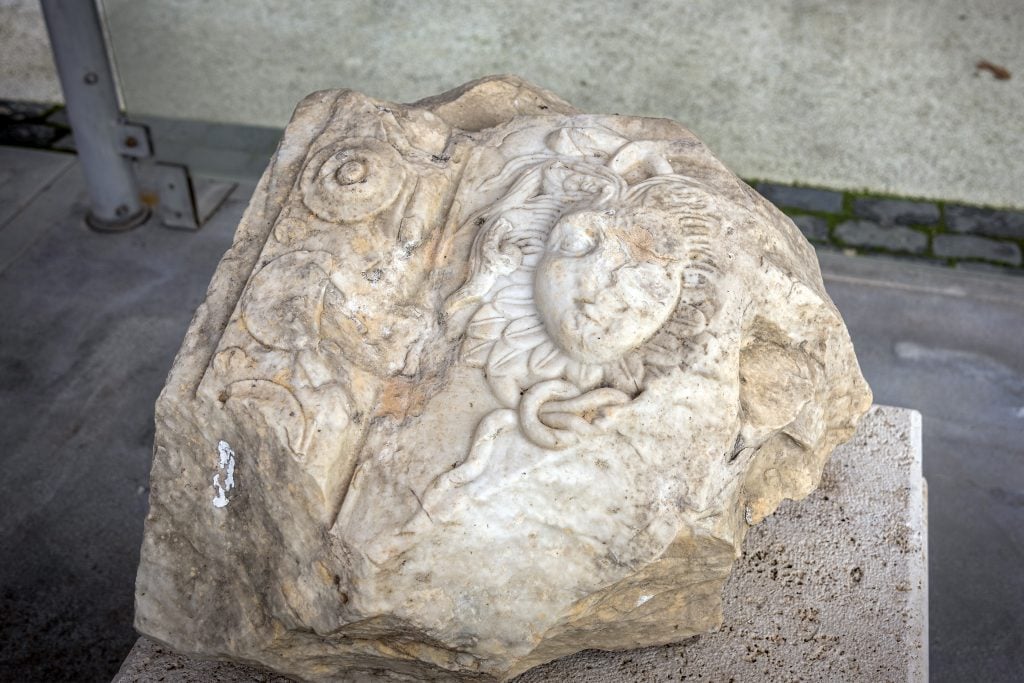
A relief with the head of Medusa on view at the Archaeological Park of Celio. Photo: Stefano Montesi – Corbis/Corbis via Getty Images.
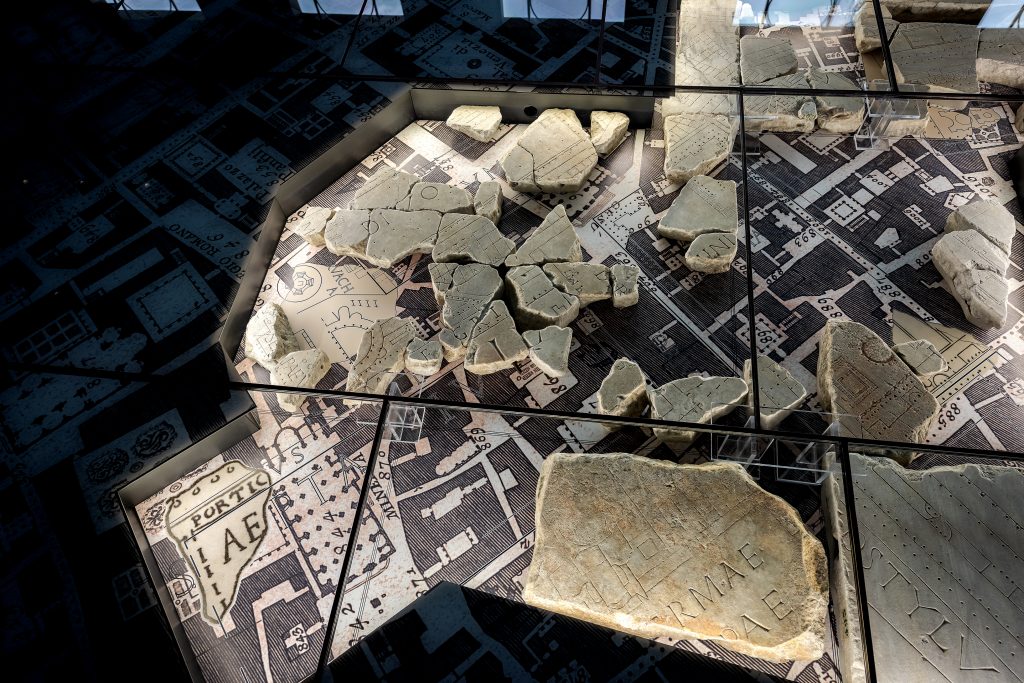
The remaining fragments of the Forma Urbis Romae installed in the Museum of the Forma Urbis at the Archaeological Park of Celio.Photo: Stefano Montesi – Corbis/Corbis via Getty Images.
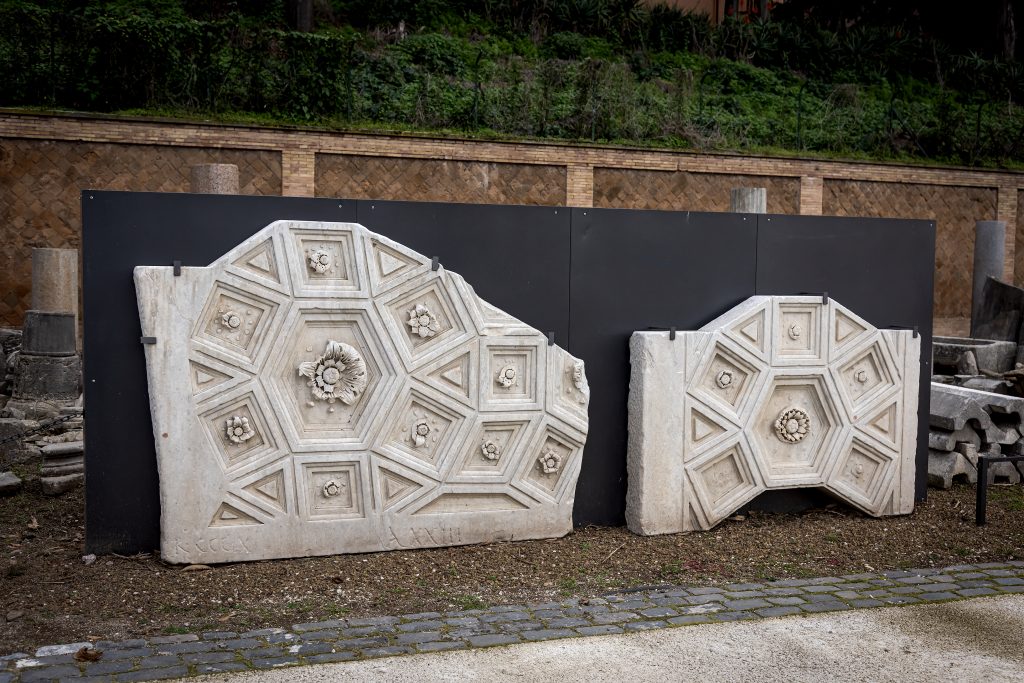
Marble ceilings and coffers from the Piazza Montecitorio area on view at the Archaeological Park of Celio. Photo: Stefano Montesi – Corbis/Corbis via Getty Images.

The Archaeological Park of Celio. Photo by Andreas Solaro / AFP via Getty Images.
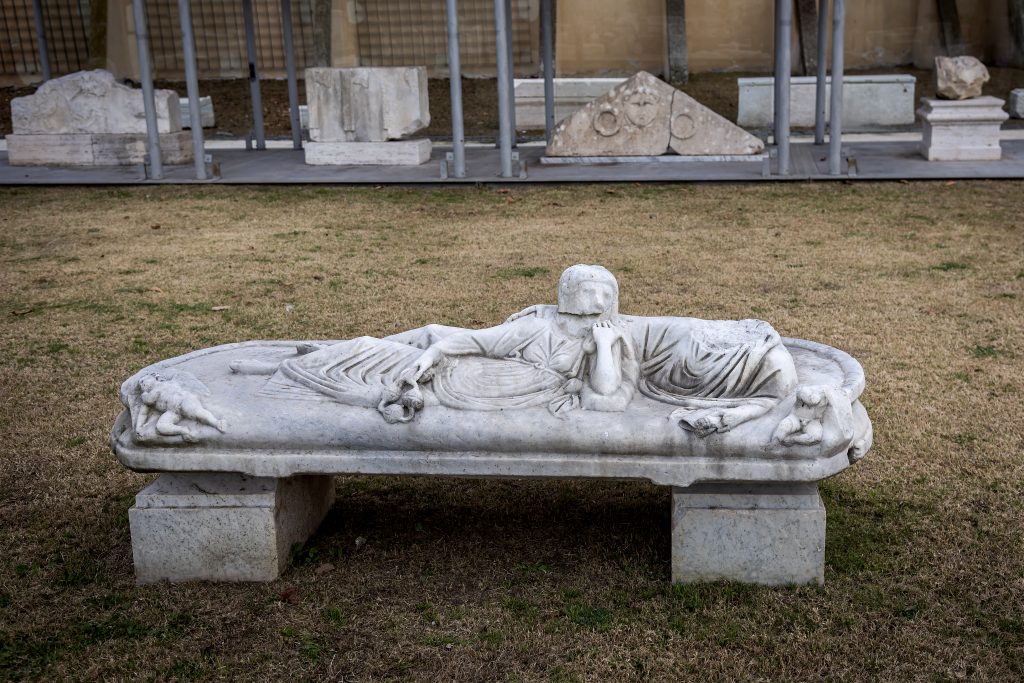
The Archaeological Park of Celio. Photo: Stefano Montesi – Corbis/Corbis via Getty Images.





